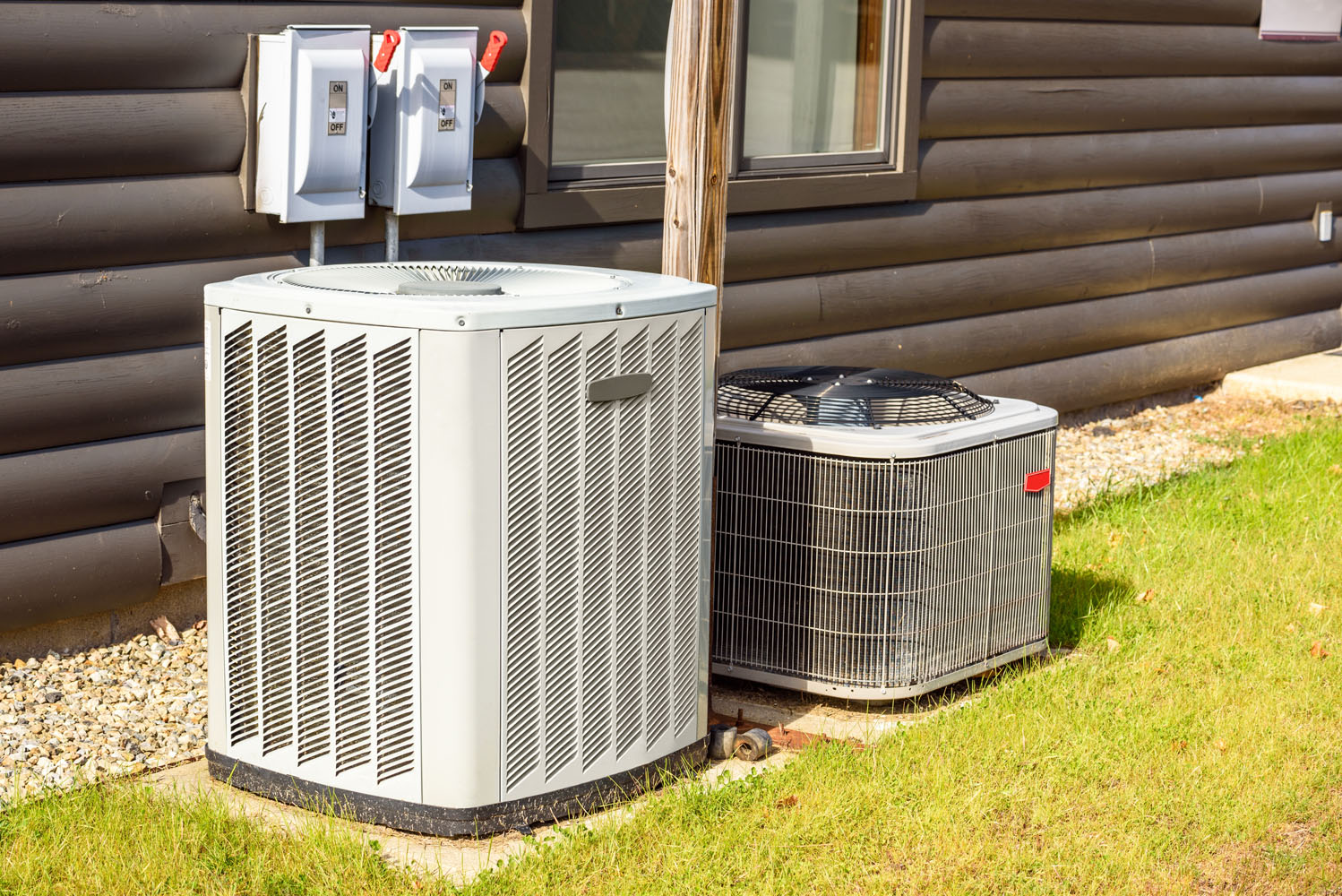Air conditioning systems are essential for keeping your home comfortable during the hot summer months, but like any appliance, they can experience issues from time to time. Understanding the most common air conditioning problems and knowing how to address them can help you avoid costly repairs and keep your system running smoothly. Here’s a guide to some of the most common air conditioning problems and how to fix them.
1. Refrigerant Leaks
Refrigerant is the substance that cools the air in your air conditioning system. If your system is low on refrigerant, it won’t be able to cool your home effectively, and you may notice that it takes longer to reach the desired temperature or that the air isn’t as cool as it should be. Refrigerant leaks can occur due to wear and tear, corrosion, or improper installation.
How to fix it: If you suspect a refrigerant leak, it’s important to call a licensed HVAC technician. Handling refrigerant requires special training, and a professional will be able to locate the leak, repair it, and recharge the system with the correct amount of refrigerant.
2. Clogged Air Filters
Clogged or dirty air filters are one of the most common causes of air conditioning problems. When the air filter becomes clogged with dust and debris, it restricts airflow, causing the system to work harder to cool your home. This can lead to reduced cooling capacity, higher energy bills, and even system breakdowns.
How to fix it: Regularly check your air filters and replace them every 1-3 months, especially during periods of heavy use. If you have pets or live in an area with high levels of dust or allergens, you may need to replace the filters more frequently.
3. Thermostat Issues
If your air conditioner isn’t turning on or is failing to maintain the desired temperature, the problem could be with the thermostat. Thermostat issues can range from simple battery failures to more complex wiring problems.
How to fix it: First, check the batteries in your thermostat and replace them if necessary. If that doesn’t solve the problem, inspect the thermostat’s wiring or consult an HVAC technician to determine if the thermostat needs to be recalibrated or replaced.
4. Frozen Evaporator Coils
Evaporator coils are responsible for absorbing heat from your home’s air. If the coils become too cold, they can freeze, preventing the system from cooling properly. Frozen coils are often caused by restricted airflow (due to a dirty filter or blocked ducts) or low refrigerant levels.
How to fix it: Turn off the system to allow the coils to thaw. Check the air filter and replace it if it’s dirty. If the coils continue to freeze, it’s important to call a technician to check for refrigerant leaks or other underlying issues.
5. Leaking or Blocked Condensate Drain
Your air conditioner removes moisture from the air as part of the cooling process, and this moisture is drained through a condensate drain line. If the drain becomes clogged with dirt or algae, water can back up and cause leaks or water damage.
How to fix it: Locate the condensate drain line (usually near the outdoor unit) and inspect it for blockages. You can use a wet/dry vacuum to clear the line or pour a mixture of vinegar and water through it to prevent algae growth. If the drain is damaged, call a professional to repair it.
6. Electrical Issues
Electrical problems are a common cause of air conditioner breakdowns. Faulty wiring, tripped circuit breakers, or worn-out capacitors can prevent the system from turning on or cause it to shut off unexpectedly.
How to fix it: First, check the circuit breaker to ensure that it hasn’t tripped. If the breaker is fine, you may need to call an electrician or HVAC technician to inspect the wiring and replace any faulty components.
Conclusion
By understanding common air conditioning problems and how to fix them, you can keep your system running smoothly and avoid costly repairs. Regular maintenance, such as changing filters and cleaning the system, will help prevent many of these issues. However, if you encounter more complex problems like refrigerant leaks or electrical issues, it’s always best to call a licensed professional to ensure the job is done safely and correctly.







